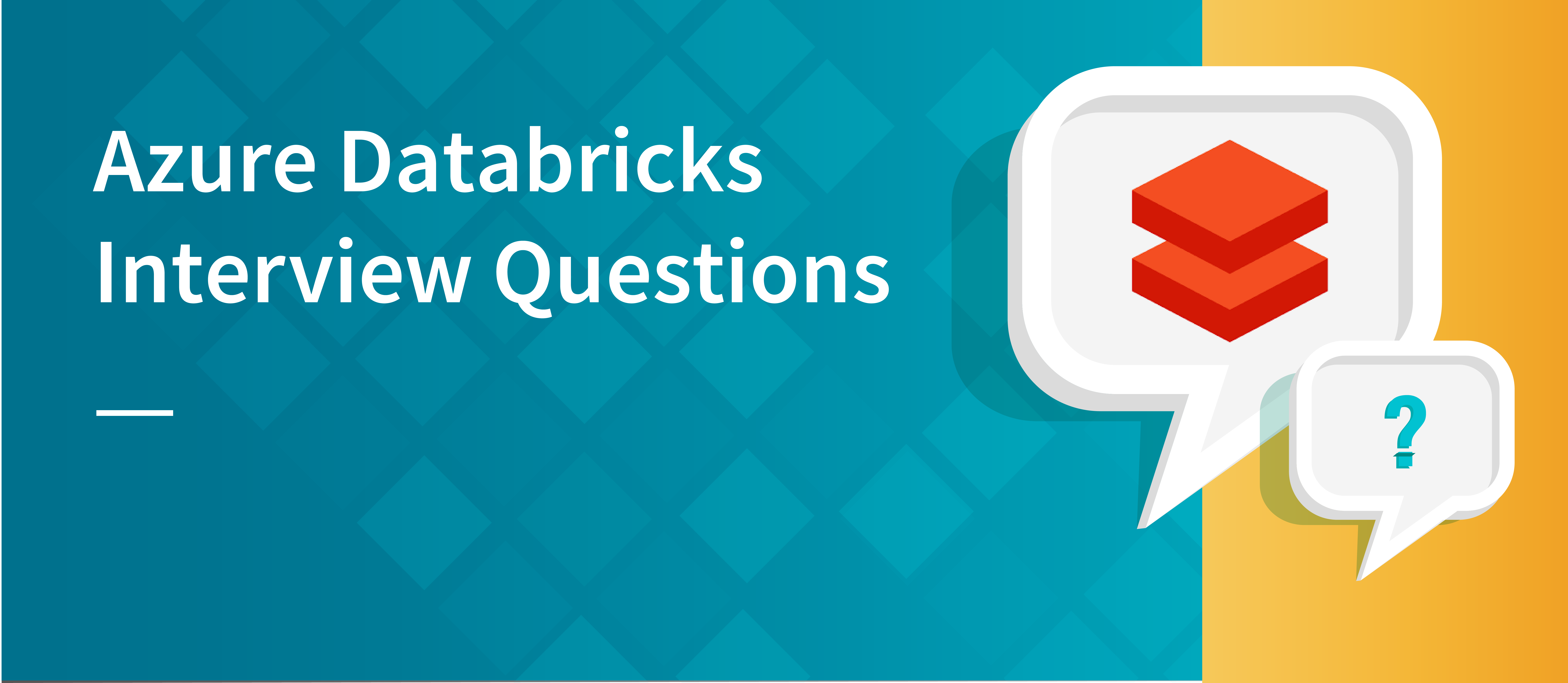Solidity, the programming language behind Ethereum smart contracts, has become a cornerstone in the blockchain development landscape. As the demand for blockchain developers continues to rise, mastering Solidity is essential for those looking to land a job in this exciting field. To help you prepare for your Solidity interview, we’ve compiled a list of the top 20 Solidity interview questions along with detailed answers.
What is Solidity, and why is it used in blockchain development?
Solidity is a high-level programming language designed for writing smart contracts on blockchain platforms, with Ethereum being its primary target. It allows developers to create decentralized applications (DApps) and self-executing smart contracts.
Explain the structure of a Solidity contract.
A Solidity contract comprises a header, state variables, functions, and modifiers. The header specifies the version of Solidity, state variables store the contract’s data, functions define the behavior, and modifiers enhance the functions.
What is the purpose of gas in Ethereum and how is it related to Solidity?
Gas is the unit that measures the computational effort required to execute operations on the Ethereum network. Solidity developers need to optimize their code to reduce gas costs and make their contracts more efficient.
https://informationarray.com/2023/11/14/navigating-software-engineering-behavioral-interviews-20-common-questions-and-expert-answers/
Differentiate between view, pure, and payable functions in Solidity.
View functions only read data and don’t modify the state, pure functions don’t read or modify the state and only return a value, and payable functions can receive Ether along with the function call.
Explain the concept of fallback functions in Solidity.
Fallback functions are executed when a contract receives Ether without a specific function call. They are commonly used for processing Ether sent to a contract.
What is the “msg” object in Solidity, and how is it used?
The “msg” object provides information about the current transaction, including sender address, value sent, and data. It is often used for conditional logic in smart contracts.
How does Solidity handle inheritance, and why is it beneficial?
Solidity supports multiple inheritance, allowing developers to reuse code by inheriting from existing contracts. This promotes code reusability and maintainability.
Explain the difference between storage, memory, and stack in Solidity.
Storage is persistent data storage on the blockchain, memory is temporary and used for function execution, and stack is used for small, local variables during execution.
What is the purpose of the “require” statement in Solidity?
The “require” statement is used to enforce conditions that must be true for the function to continue execution. If the condition is false, the function will throw an exception and revert changes.
How does Solidity handle exception handling?
Solidity uses the “require,” “assert,” and “revert” statements for exception handling. “Revert” is commonly used to undo state changes and provide an error message.
Explain the concept of ERC-20 tokens and their significance.
ERC-20 is a standard interface for fungible tokens on the Ethereum blockchain. Understanding ERC-20 is crucial for developers creating their own tokens or working with existing ones.
What are events in Solidity, and why are they used?
Events in Solidity are used to log specific information about transactions. They are essential for DApps to listen and react to state changes on the blockchain.
Describe the role of modifiers in Solidity.
Modifiers are used to change the behavior of functions in a declarative way. They can be applied to functions to add conditions or restrictions.
How does Solidity handle versioning, and why is it important?
Solidity uses a pragma statement to specify the compiler version. This helps ensure that the code is compiled with the correct compiler version, avoiding compatibility issues.
https://informationarray.com/2023/11/14/mastering-the-agile-interview-20-essential-agile-questions-and-answers-for-testers/
Explain the difference between public, internal, external, and private visibility in Solidity.
These are visibility specifiers for state variables and functions. Public variables can be accessed from outside the contract, internal variables are only accessible from within the current contract and derived contracts, external functions can only be called from other contracts, and private variables/functions are only accessible within the current contract.
What is the purpose of the “fallback” and “receive” functions in Solidity?
The “fallback” function is executed when a contract receives Ether without a function call, and the “receive” function is a newer version of “fallback” introduced in Solidity 0.6.0.
Explain the concept of gas limit and gas price in Ethereum transactions.
Gas limit is the maximum amount of gas a user is willing to spend on a transaction, and gas price is the price a user is willing to pay per unit of gas. Together, they determine the transaction fee.
How can you prevent integer overflow and underflow in Solidity?
Developers can use the SafeMath library or manually check for overflow/underflow conditions using require statements to prevent arithmetic issues with integers.
What are the differences between a soft fork and a hard fork in the context of Ethereum?
Soft forks are backward-compatible upgrades, while hard forks are not. Soft forks allow non-upgraded nodes to continue participating, whereas hard forks require all nodes to upgrade for the network to reach consensus.
How does Solidity support testing and what testing frameworks are commonly used?
-
- Solidity supports testing through frameworks like Truffle and Remix. Developers can write unit tests and use tools like Ganache for local blockchain testing.
Conclusion:
Mastering Solidity is a crucial step for anyone aspiring to become a blockchain developer. These interview questions and answers provide a solid foundation for tackling technical discussions during job interviews. To further enhance your skills, consider exploring additional resources such as online courses, documentation, and community forums. Good luck with your Solidity interview preparations!
External Links:









